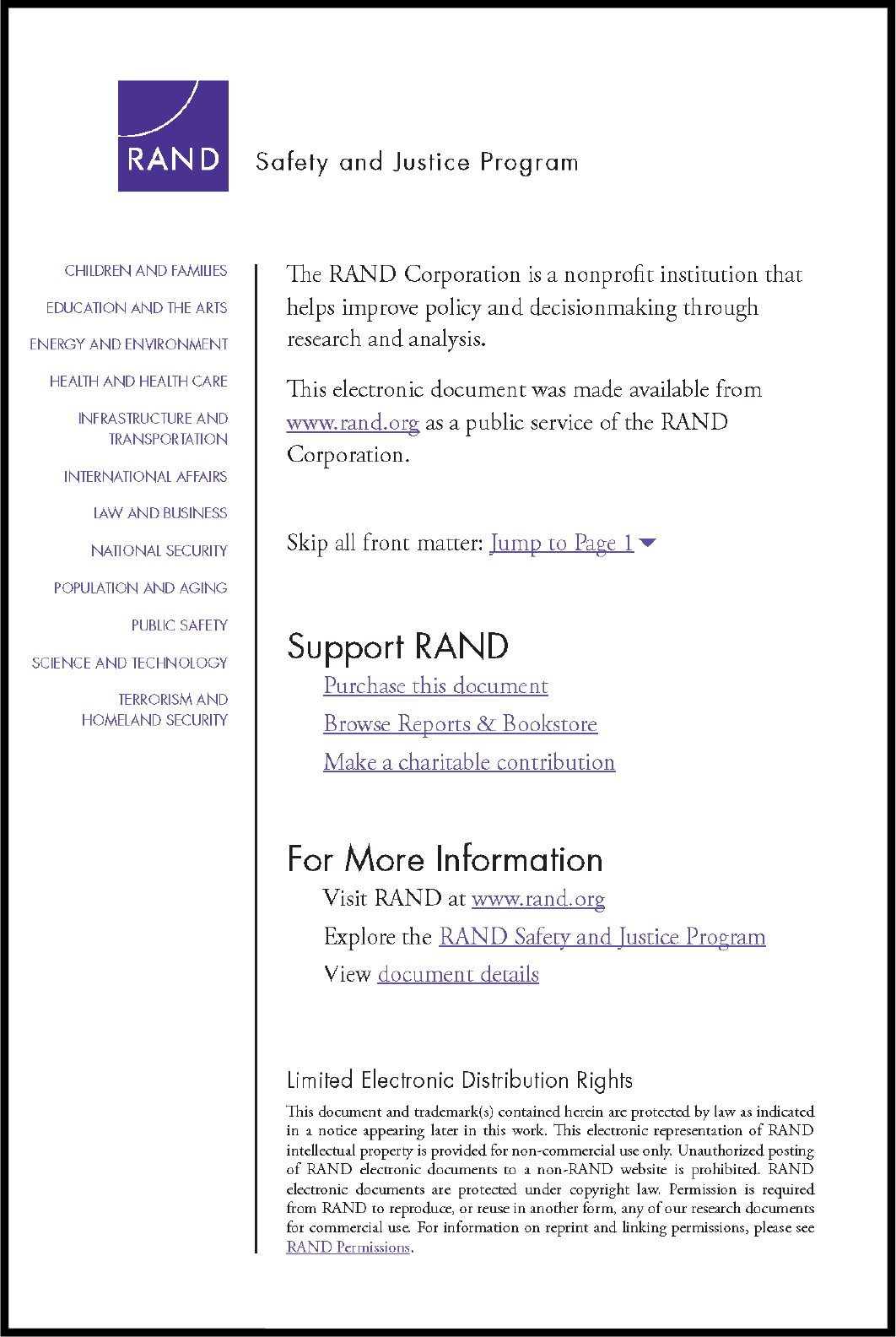
The evaluation found that each of the 12 fully functional geospatial software tools provided the law enforcement community with a new, expanded, or different capability in addressing crime. In addition, NIJ selected a spectrum of qualified developers with novel approaches for extending the use of geospatial tools to law enforcement responsibilities. Collectively, the tools provide the law enforcement community with access to new and improved geospatial capability that improves crime analysis. Exchanges with the tool developers and users revealed a few areas in which NIJ can take action to ensure maximal benefits from future geospatial tool developments. One recommendation is to address several policy gaps and inconsistencies, including ensuring that policies are crafted to assign NIJ or Justice Department officials roles and responsibilities for the latter phases of software development, including integration and testing, implementation, operations and maintenance, and disposition; the development of tool-dissemination plans; the establishment of go-to sources for tool-deployment information; development of a means for addressing technical shortfalls in previously funded projects that are now completed; and providing leadership in addressing emerging interoperability and information-sharing concerns. The components of the evaluation of the tools were the technical assessment, the operational assessment, and the overall impact of the tool. The technical assessment addressed functionality, hardware requirements, software and data requirements, user preparations, and support. The operational assessment addressed current utility, potential enhancements, potential limitations, potential utility, and potential as a commercial product. The overall evaluation determined whether the tool is benefiting the law enforcement community, and whether NIJ’s investment is directly related to the development of the software tool’s capabilities.
